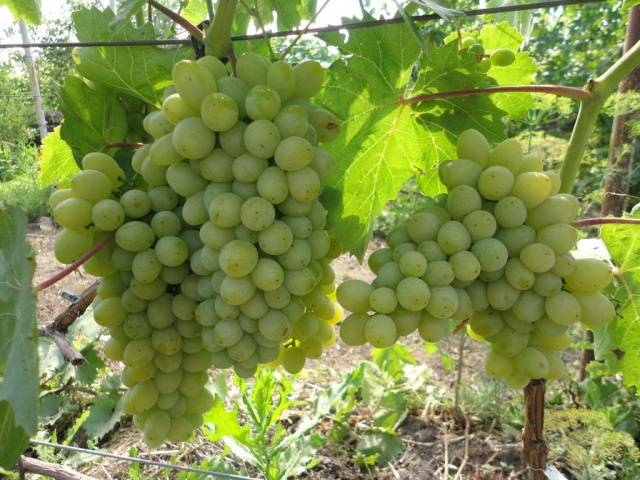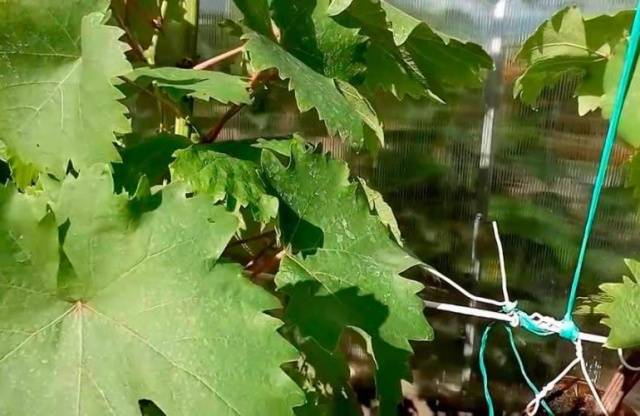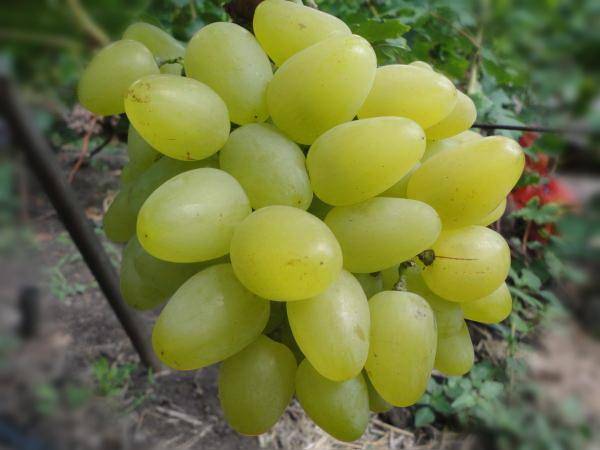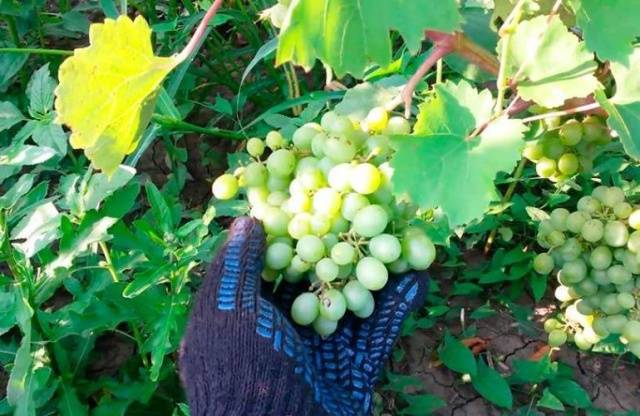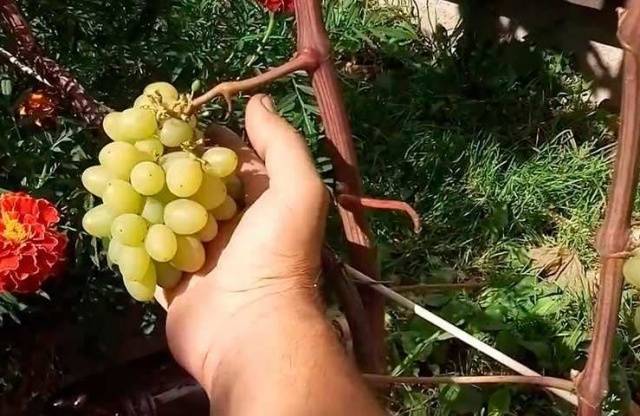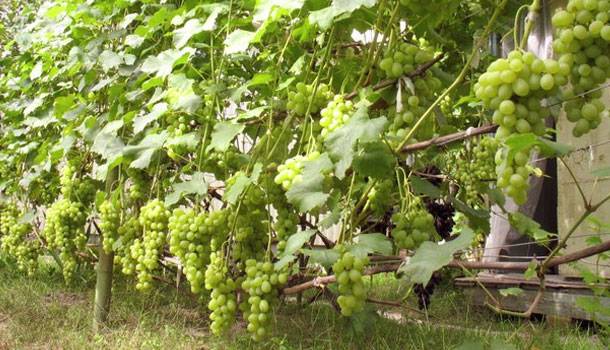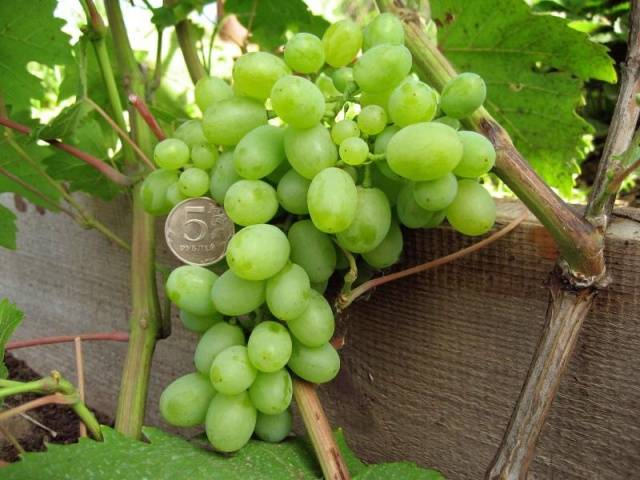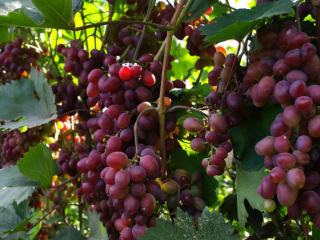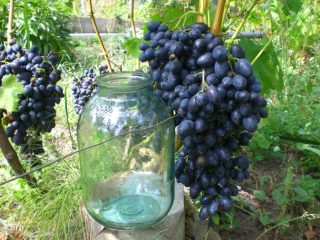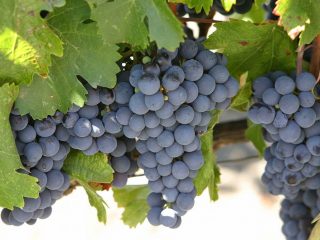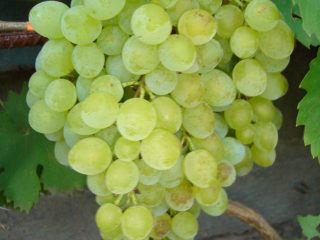Content
About half a century ago, master winegrowers were convinced that the more stable a variety of a particular grape, the more it loses in quality and taste. Over the past decades, this statement has been constantly refuted by the emergence of unique hybrid varieties that, on the one hand, have remarkable taste and other characteristics, and on the other hand, are resistant to most typical grape diseases.
In addition, it was previously considered simply unrealistic to grow elite table grapes at the latitude of the Moscow region and to the north. Now, about a hundred grape varieties have appeared, distinguished by a special delicious taste, good yield and at the same time having increased resistance to difficult climatic conditions. One example is the Harold grape, which is not only able to grow in midland climates, but can also produce one of the earliest harvests. Due to such rapid ripening, this grape variety can be grown even in the conditions of Siberia with its short summer.
History of creation and description of the variety
The table hybrid form of the Harold grape was obtained by scientific breeders in the city of Novocherkassk at the Potapenko Institute of Viticulture. The parents are Arcadia crossed with Delight and Summer Muscat.The resulting grape variety turned out to be very successful in many respects, so it is grown with pleasure not only by professionals, but also by ordinary summer residents and gardeners.
Harold grape bushes are tall and therefore require mandatory pruning and shaping. The growth energy is significant and since the variety can be overloaded with the harvest, mandatory normalization of the inflorescences is required. About 80% of the shoots can be fruitful. It should be borne in mind that one vine can ripen from one to two full clusters.
The vine itself is bright brown, flexible and powerful. The leaves are medium in size, heart-shaped. The shoots ripen well over their entire length.
In terms of ripening time, few grape varieties can compete with Harold. After all, the bunches begin to ripen in less than 100 days from the beginning of the swelling of the buds on the vine in the spring. Depending on the region, this can occur from mid-July to early August. And the most attractive property of this grape variety is that the berries can hang on the bushes until mid-September without being damaged by wasps, without falling off and maintaining their original appearance. Winemakers often take advantage of this by harvesting grapes as late as possible so that the maximum possible amount of sugar accumulates in them at the time of harvest.
Because flowers grapes of this variety bisexual, then it does not need pollinating varieties for full fruiting. In the video below, see how early Harold blooms.
The frost resistance of grape bushes is good - they can withstand down to -25°C, but in most regions of Russia, except for the southernmost ones, they will need to be covered for the winter. It shows good resistance to the main diseases of grapes, to mildew - 3 points, to oidium - 3.5 points. But preventive treatments against diseases will be required in any case.
Description of bunches and berries
In terms of the size of the bunches and berries, the Harold variety does not at all claim to be a champion. Its main advantage is the very early ripening of grapes combined with an attractive taste.
The following are the main characteristics of the berries and bunches of this grape variety:
- Brushes can be either conical or cylindrical, their weight varies from 400 to 700 grams;
- The density of the brushes can be medium or high;
- The grape berries are well attached to the stalk, so they do not fall off for a long time;
- The shape of the berries is oval, slightly pointed at the very tip;
- The weight of the berries is small, 5-7 grams, although their size is quite large - 20x24 mm;
- The pulp of the berries is juicy, although not very fleshy;
- The berries contain one to three seeds;
- The skin is dense, but when consumed it is practically not felt;
- Ripe berries develop a yellow amber hue and begin to “glow” in the sun;
- The taste of Harold grapes is harmonious, has a bright muscat aroma, which makes it an amazing homemade wine;
- The sugar level is about 20 g per 100 cubic meters. cm, acidity does not exceed 5 grams;
- Thanks to the dense peel, the grapes, on the one hand, are not damaged by wasps, on the other hand, they are well stored and easily transported over long distances.
In addition to the above characteristics, it should be noted that the berries are resistant to cracking, and the grape variety itself is not susceptible to peas.
By watching the video below, you can get a complete picture of the bunches and berries of Harold grapes.
Interestingly, Harold grapes can be classified as universal varieties for their use. It is very tasty to eat fresh and can make wonderful juice and compote, but it is also easy to make homemade wine due to the fruit's ample sugar content.
Among the disadvantages of the variety, one can note the fact that if the bushes are allowed to be overloaded with the harvest, the taste of the grapes will sharply deteriorate. Therefore, when growing it, do not forget about normalizing the inflorescences.
Reviews from gardeners about Harold grapes
Both experienced winegrowers and ordinary summer residents speak warmly of Harold grapes. It captivates many with its undemanding nature in terms of cultivation and at the same time its extremely early harvest time.
Conclusion
Grapes are already grown boldly not only in the middle zone, but also to the north - in the Pskov and Leningrad regions, and they have also reached the Siberian region. And all this is thanks to the enthusiasm of scientist-breeders on the one hand, and gardeners on the other hand, who do not want to stand still, but dream of adding variety to the range of plants grown on their plots.
